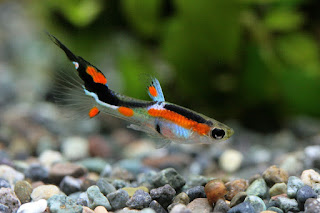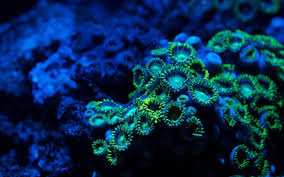4 Tank Setting Tips to Help Dwarf Hairgrass to Live Longer
Dwarf Hairgrass is one of the most popular aquatic plants, but aquarists often face the problem of discoloration of the leaves or unhealthy appearance of the plant. You should know that the causes of such problems can be found at the grass-root level. Yes, the plant is itself not that bad or unhealthy, but some mistakes during the tank set-up can make this aquatic plant unhealthy. Consuming the discolored leaves can be harmful to your fish. That is why we have listed a few tips which you can follow to set-up the tank, so that Dwarf Hairgrass and fish, both can stay healthily. Continue reading and apply these tips: Tips To Select Aquarium Size You actually do not need to put any special efforts to select the size of the tank if you plan to plant Dwarf Hairgrass in it. From a 10-gallon tank to the bigger ones, there will not be any issues for this aquatic plant. However, you will need to consider the free space to allow the fish to swim. Dwarf Hairgrass needs suffici...


